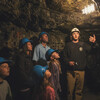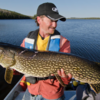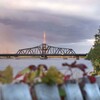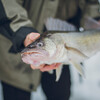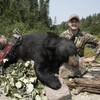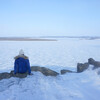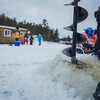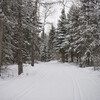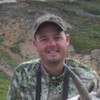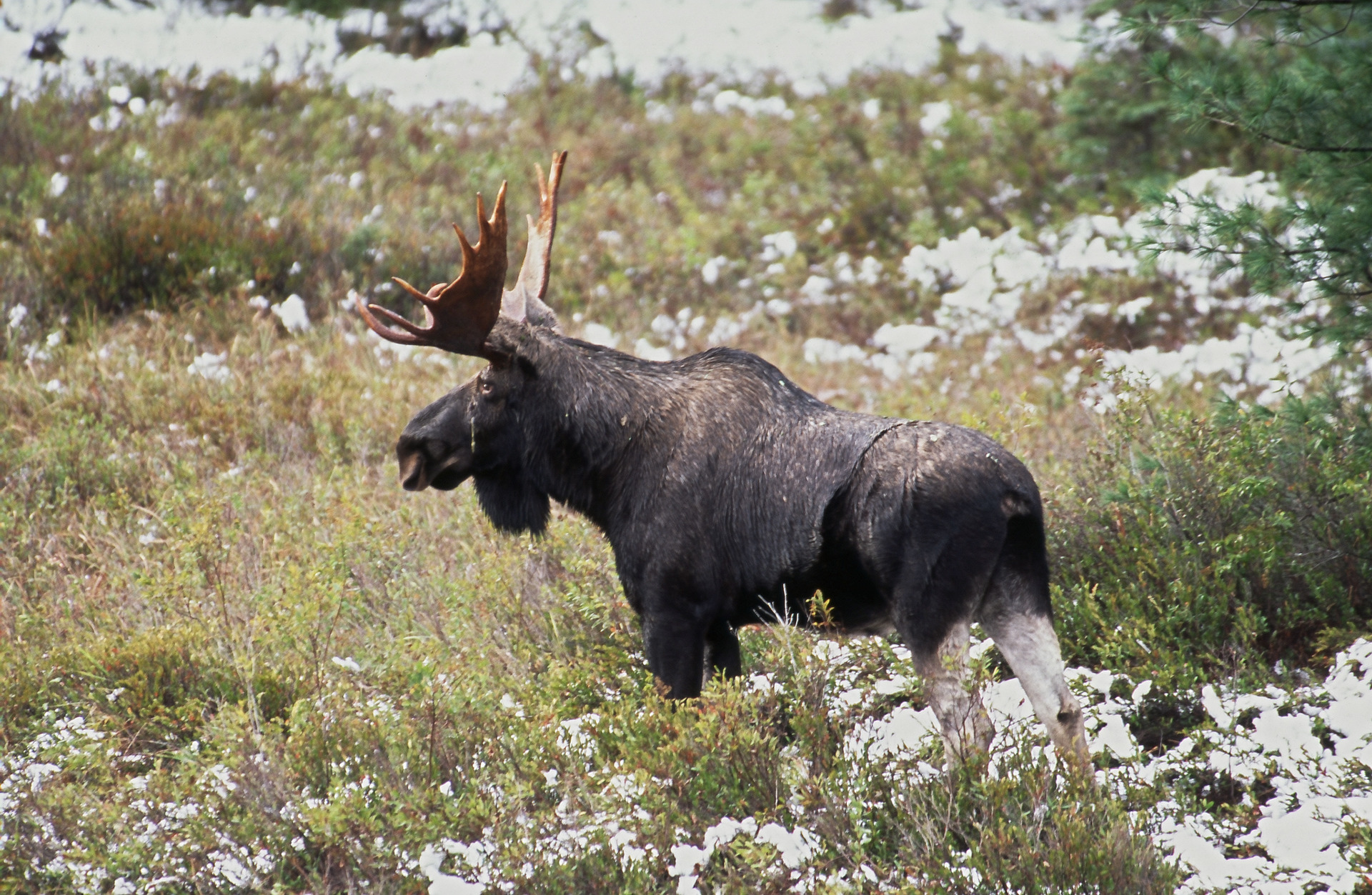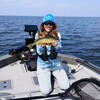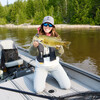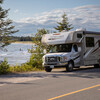
Ontario's Spring Bear Hunt
We encourage anyone hunting bears to read the Ontario Hunting Regulations Summary and check with the local conservation officers on actual laws and regulations. This article is to be used as a reference only.
Black bears make up a huge part of the wildlife landscape in Northeastern Ontario. They’ve been here forever and have thrived through decades of human encroachment and industry. Black bears have proved to be a hardy animal, adapting to humans yet still thriving in the remote wilderness through the environmental changes and weather patterns.
The Spring Bear Hunt is Back
Biologists in Ontario are showing that the black bear population is extremely high and healthy, thus allowing two separate hunting seasons in one calendar year for them in both the spring and the fall. Some designated Wildlife Management Units (WMU) even allow hunters to purchase tags and hunt two bears.
I personally love hunting black bears. It’s always a beautiful time of year – most spring seasons run May into June, and fall is August through October. The weather is nice, the days are long, and the woods are either coming to life or winding down after a beautiful summer.

But just because black bears are plentiful and thriving on Ontario doesn't make them easy to hunt. They’re still very intelligent animals and have amazing noses. Their sense of smell is their number one tool for avoiding danger. But it’s also the sense that allows hunters to find these ghosts of the forest and get in range. Baiting in the vast boreal forest is the legal and most accepted practice in harvesting black bears. But just throwing food out in the woods and sitting by it is not how you accomplish this.
Bear Baiting in the Vast Boreal Forest
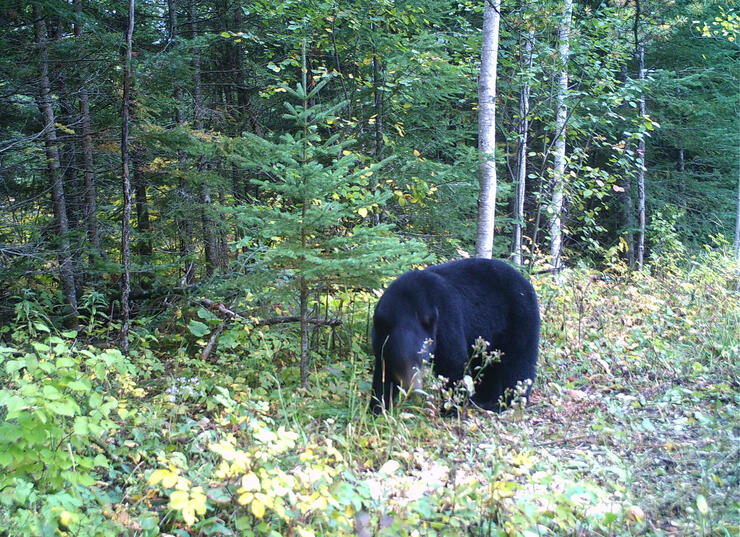
I’ve been on many hunts where days passed without seeing a bear and full bait sat not far from me. The trick is to find bait that bears have interest in and will want to return and eat. There are many examples of good baits to use, but anything sweet or filling like breads and pastries will work. Meats will also work, but its use comes with a caution to make sure the bears are finding it early, as these times of year can be extremely warm. Meat rots quickly, and that turns bears off.
When setting up bait, I like to choose locations that have funnels, or something that puts the hunter’s route in and out away from where the bear is coming from. I want to access my stand on a trail I don’t expect the bears to cross. Then I want my stand and back to a barrier, like a swamp, a rock bluff, or a high ridge. This allows me to hunt with a "no bear" area behind me, forcing the bears to come from my left, right, or better yet, straight ahead of me. It also allows me to set up in a location keeping the predominate wind direction in mind. I want the wind in my face blowing my scent where the bears are not coming from, back over the swamp, pond, rock bluff etc. If a bear smells you, they’ll often not come in. So always hunt with the wind in mind.

I prefer a tree stand to hunt from, but often do not mind a ground blind. If I’m bow hunting, I want my stand to be 18-22 metres (20-25 yards) from the bait. If I’m gun hunting, I want to be far enough for my comfortable range but not too close. Always remember that you need some ability to move and get a shot without spooking the bear. A distance of 18-22 metres allows me that distance with archery tackle. More with a gun will up your odds.
Regulations & Updates to Be Aware Of
Ontario was without a spring bear hunt for over 16 years. But it opened up again in 2018, and as you can imagine the bear numbers have never been higher. So it’s a great time to come bear hunting. Recent spring seasons have also brought some new baiting regulations. Hunters and guides need to take note, as they are different than much of what was allowed in the past. These new rules apply to both spring and fall hunts.

You cannot bait within:
- 500 metres of a dwelling (anything set up to be lived in)
- 500 metres of a public building (schools, hotels, restaurants open to the public)
- 200 metres of right of way for public vehicles
- 200 metres of a recreational trail
If baiting on private land, the person baiting needs to obtain written permission.
Baiting is actually a very effective tool to hunt bears when done right. It not only allows hunters to find these elusive animals in the vast boreal forest but it helps with success in the management plan to help harvest bears successfully and keep the population in check. It also allows hunters to take their time and identify the bear they are targeting, define if it is a boar or a sow, determine if the sow has cubs or not, and make wise choices with time on their side. It also allows hunters the chance to wait for an ethical, proper shot.
Going on a Bear Hunt
Our crew here at Canada in the Rough is so excited about this year’s spring bear hunt. We are travelling into the Northeastern Ontario region and hunting at Lost Lake Wilderness Lodge. This lodge has an incredible track record of putting hunters on big, mature bears and seeing lots of them.
The best part is that it will be the fishing season when we arrive in May. We’ll have our own private cabin, boat and motor, and will be taken care of with their wonderful American Plan for food. It’s truly an amazing vacation to eat like kings, fish all morning, then climb into the bear stand for the afternoon and hunt. We’ll be crossbow hunting this year and can’t wait!
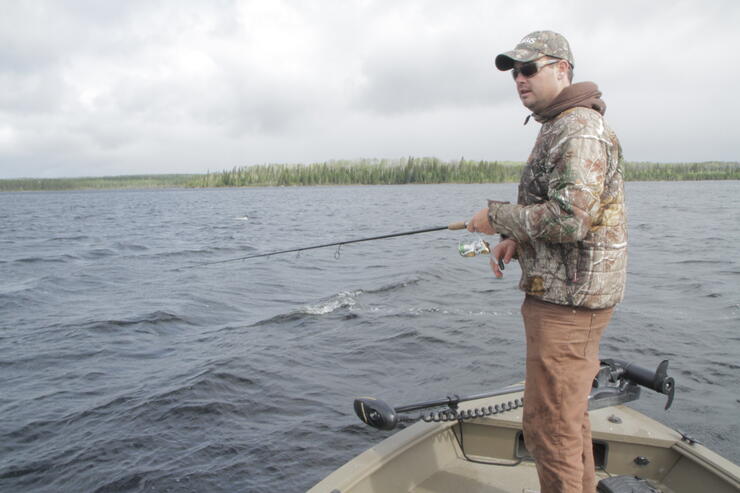
We love to bear hunt, but we also love to eat the meat and feed our families. Bear meat is a tremendous-flavoured wild meat, and we encourage everyone to get out there and hunt them and take it home and feed their families.
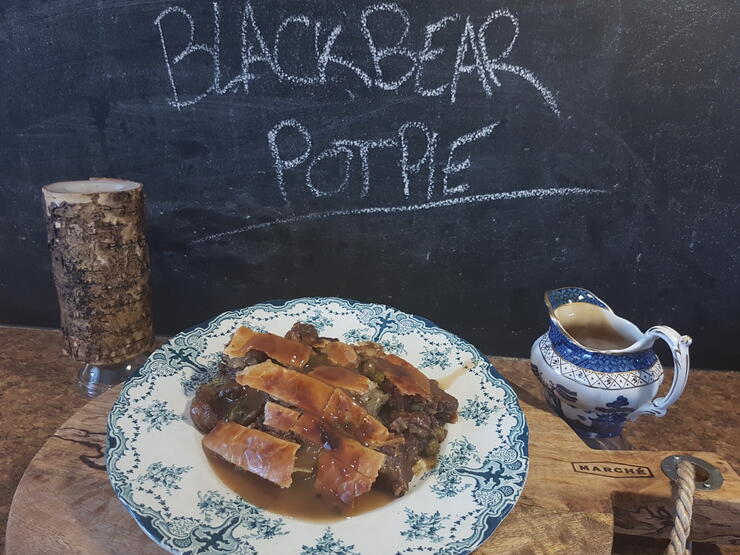
Locate an operator
|
Operator |
Region |
Number |
|
Alban |
(705) 857-2757 |
|
|
Kapuskasing |
(705) 335-3163 |
|
|
Mattawa |
(705) 744-5127 |
|
|
Matachewan |
(705) 262-3851 |
Recommended Articles
The Seven's Best Hikes, Biking Trails and Lakes

7 Best Spots to Check Out in The Seven

Budget Bliss: Explore Northeastern Ontario Without Breaking the Bank

Bring Your Fam!

Time to Unwind: 6 Spa Havens to Discover In The Seven
5 Amazing Places to SUP in Northeastern Ontario

5 Amazing Bike Rides to Discover

Northern Lights in Northeastern Ontario

Northeastern Ontario's Best Pride Festivals

Fish for one of the World's Rarest Species of Trout

An Insider's Guide to Manitoulin Island

6 Small-Town Gems to Explore in Northeastern Ontario

11 Best Things to Do in Kapuskasing, Ontario


